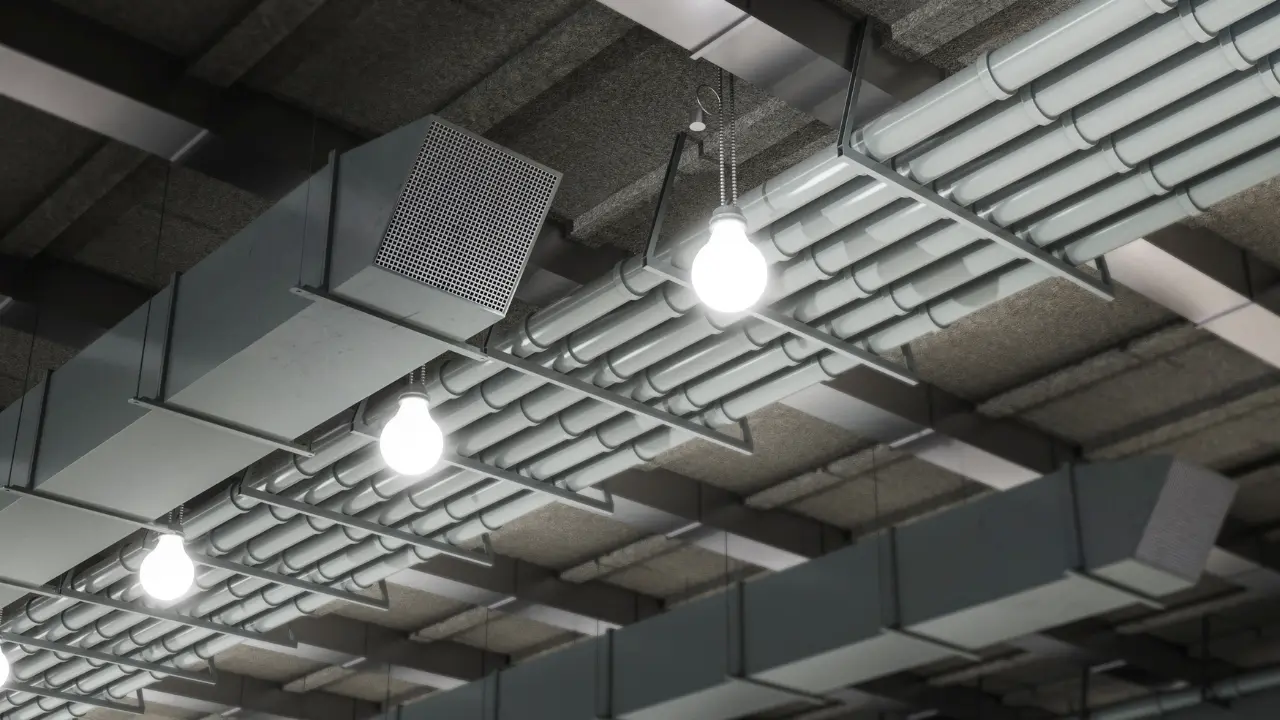Business
Fire Safety Review and Consultation: A Step-by-Step Guide

Fire safety is a paramount concern for any business or organization. Ensuring that your premises are adequately protected against fire hazards not only safeguards your property but also protects the lives of those who inhabit or visit your establishment. Conducting a thorough fire protection review and seeking expert consultation can significantly reduce the risk of fire incidents. In this guide, we will walk you through the essential steps of a fire safety review and consultation process, empowering you to create a safer environment for everyone.
Step 1: Assess Current Fire Safety Measures
The first step in conducting a fire safety review and consultation is to assess the existing fire protection measures in place. This includes examining fire detection systems, fire extinguishers, emergency exits, and evacuation plans. Transitioning from one area to another, we evaluate the effectiveness of these measures and identify any areas that may require improvement or updates. It’s crucial to pay close attention to any potential fire hazards, such as faulty wiring, flammable materials, or blocked escape routes.
Step 2: Identify Potential Risks and Hazards
Transitioning to the next phase, we delve deeper into identifying potential fire risks and hazards within the premises. This involves inspecting electrical systems, heating appliances, kitchen facilities, storage areas, and any other spaces where fire hazards may be present. By meticulously assessing these areas, we can pinpoint vulnerabilities and develop strategies to mitigate the risk of fire incidents. Furthermore, we emphasize the importance of employee training and awareness in recognizing and addressing fire hazards promptly.
Step 3: Create a Detailed Fire Protection Strategy
Once potential risks and hazards have been identified, the next step is to develop a comprehensive fire protection plan. This plan should outline procedures for fire prevention, evacuation protocols, emergency response strategies, and communication protocols. To transition smoothly from one aspect to another, the plan should be clear, concise, and easily accessible to all employees. Regular drills and training sessions should also be conducted to ensure that everyone is familiar with their roles and responsibilities in the event of a fire.
Step 4: Seek Expert Consultation
When transitioning to the consultation phase, it’s essential to seek expert advice and guidance to enhance the effectiveness of your fire protection measures. This may involve consulting with fire safety professionals, engineers, or local fire departments. These experts can provide valuable insights and recommendations tailored to your specific needs and circumstances. By leveraging their expertise, you can ensure that your fire safety review and consultation measures meet regulatory requirements and industry best practices.
Step 5: Implement Recommended Changes
After receiving recommendations from fire protection experts, it’s time to implement any necessary changes or improvements to your fire safety measures. This may include upgrading fire detection systems, installing additional fire extinguishers, improving signage, or modifying evacuation routes. Transitioning from one action to another, it’s essential to prioritize these changes based on their level of urgency and impact on overall safety. Regularly review and update your fire safety review and consultation measures to adapt to any changes in your premises or regulations.
Step 6: Train and Educate Employees
Transitioning to the final step, training and educating employees on fire safety procedures, is critical to ensuring a swift and effective response in the event of a fire. Conduct regular training sessions covering fire prevention, evacuation drills, use of fire extinguishers, and emergency communication protocols. Transitioning smoothly into each topic, ensure that all employees understand their roles and responsibilities and are confident in their ability to respond appropriately during an emergency.
Step 7: Regular Maintenance and Monitoring
Transitioning to the maintenance phase, regular upkeep of fire protection equipment and systems is crucial to ensuring their effectiveness in case of an emergency. Implementing a proactive maintenance schedule for fire detection systems, fire extinguishers, and emergency lighting can help identify and address any issues before they compromise safety. Transitioning smoothly from maintenance to monitoring, conducting routine inspections and tests can detect potential faults or malfunctions early on, allowing for timely repairs or replacements. By staying vigilant and proactive, you can maintain optimal fire safety standards and minimize the risk of equipment failure during a fire emergency.
Step 8: Stay Informed and Updated
Transitioning to the final step, staying informed and updated on changes in fire protection regulations, technologies, and best practices is essential to maintaining a safe and compliant environment. To transition smoothly from one aspect to another, regularly review local fire codes and regulations to ensure that your fire protection measures remain in compliance. Stay abreast of advancements in fire detection and suppression technologies, and consider upgrading your systems accordingly to enhance safety and efficiency. Additionally, attend fire protection seminars, workshops, and training sessions to stay informed about emerging trends and strategies in fire prevention and emergency response. By staying proactive and informed, you can continually improve your fire protection measures and adapt to evolving threats and challenges.
Summary
Conducting a fire safety review and consultation is essential. Seeking expert advice helps minimize fire incidents and protects lives and property. By following this step-by-step guide, you can identify potential hazards, develop effective safety measures, and ensure that your premises are adequately prepared to handle fire emergencies. Transitioning seamlessly from one phase to another, prioritizing fire protection as a fundamental aspect of your business or organization’s operations, and empowering your employees to contribute to a safer working environment.
-

 Food and drink7 months ago
Food and drink7 months ago5 Dinners 1 Hour Recipes: Delicious and Easy Meals for Busy Weeknights
-
Home decor7 months ago
Maximize Your Style: Budget-Friendly Tips for Creating a Stunning Maximalist Home Decor
-

 Business6 months ago
Business6 months agoThe Ultimate Guide to Starting a Business in 2023
-

 Health6 months ago
Health6 months agoSelf-Care for the Super Busy: 5 Easy Ways to Prioritize Your Well-being
-

 Home decor5 months ago
Home decor5 months agoAsphalt Shingles: The Unsung Heroes of Roofing
-

 Home decor4 months ago
Home decor4 months ago5 Common Attic Ventilation Mistakes (and How to Avoid Them)
-

 Home decor4 months ago
Home decor4 months ago10 Hygge Decor Ideas to Create a Warm and Inviting Home
-

 Home decor4 months ago
Home decor4 months agoLas Vegas Sun? No Problem! Conquer the Heat with LV Tint Window Tinting




